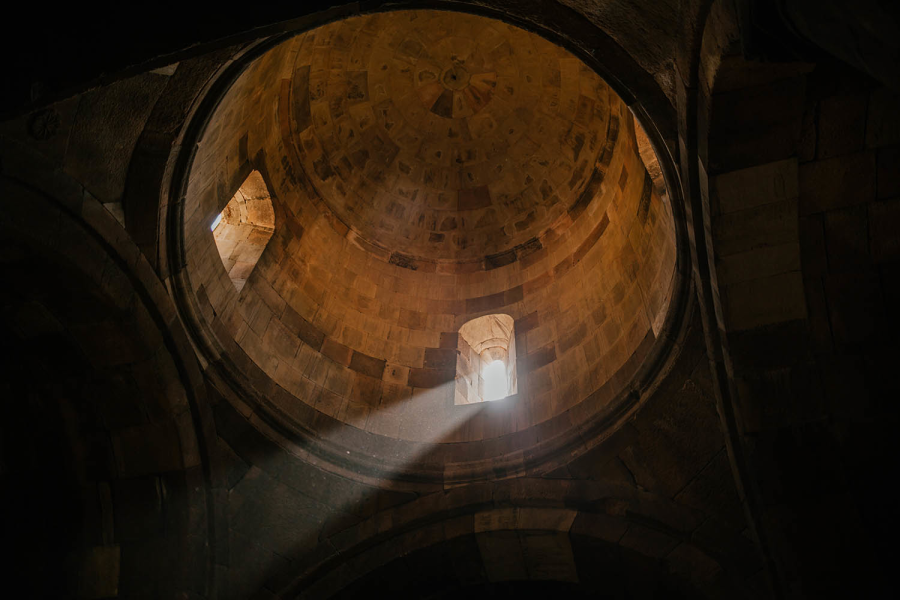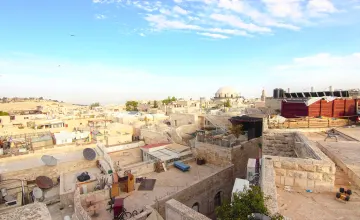Church of the Holy Sepulchre
Jerusalem travel guideThe holiest Christian shrine in the world is situated on the Hill of Golgotha (skull hill), used to be an execution location outside the city walls. According to Christian gospels, and with compatibility to archeological discoveries, this is the real site of Jesus’ crucifixion, burial and resurrection.
The beautiful architecture of the Church of the Holy Sepulchre is a combination of Crusader, Byzantine and Greek structures. In addition, five Christian communities share the Church today: the Roman Catholic, the Greek Orthodox, the Armenian, the Coptic and the Syrian Orthodox, each has its own part inside the church.
The Holy Sepulchre History:
In 335 AD, Constantin, the Emperor of Byzantium, and his mother, Helena, built a splendid church on the exact site where the massive excavations they ran revealed the tomb of Jesus. The church was completely destroyed by Caliph El-Hakim in 1009, partly reconstructed by the Byzantines in 1042, and entirely rebuilt by the Crusaders when they entered Jerusalem on July 15, 1099.
However, a big fire in 1808 caused a lot of damaged to the church, which had been repaired by the Greek Orthodox during the last century. The architecture of the church as it exists today is therefore a combination of Crusader, Byzantine and Greek structures.
Information:
Visitors of all religions are requested to enter the Church of the Holy Sepulchre modestly dressed. The church is open daily from 5:00am to 9:00pm (4:00am to 8:00pm at wintertime), admission is free. The church can be reached from Jaffa Gate, through the Christian Quarter St., or from the Lions Gate following Jesus’ footsteps along the Via Doloroza.
Virtual Tours of the Church of the Holy Sepulcher








